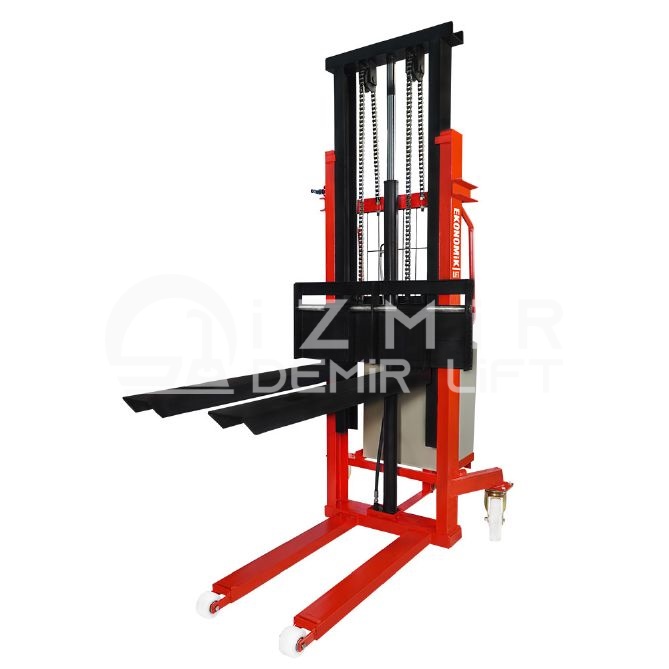
Your semi-electric stacker is a hardworking veteran of your warehouse or production area. When used and maintained properly, it can provide years of trouble-free service. However, like any machine, it requires regular attention and maintenance for a long and productive life. Avoid costly repairs and sudden breakdowns that halt production. A proactive maintenance approach secures your operations by preventing problems before they arise.
1. Start Each Day Safely: Daily Operator Checks
Weekly Routine 2: A More In-Depth Look
3. Monthly and Periodic Professional Maintenance
Maintaining your semi-electric stacker doesn't have to be complicated or time-consuming. By making these simple daily, weekly, and monthly routines a habit, you can protect the value of your investment, prevent unexpected breakdowns, and most importantly, ensure a safe working environment. Remember, a little attention to your machine today will save you from significant expenses and business losses in the future.